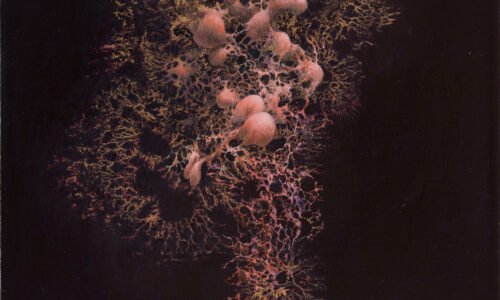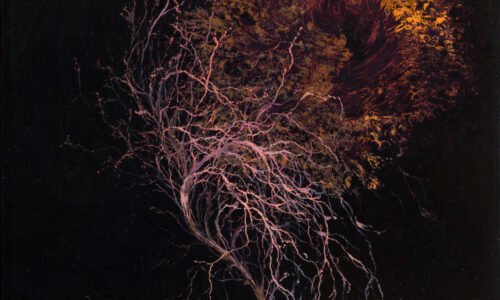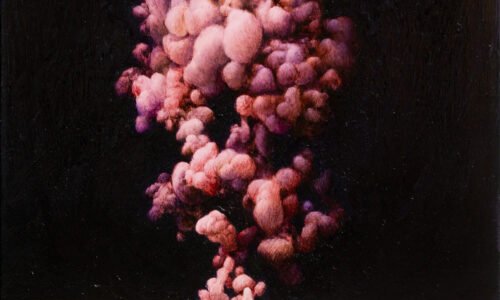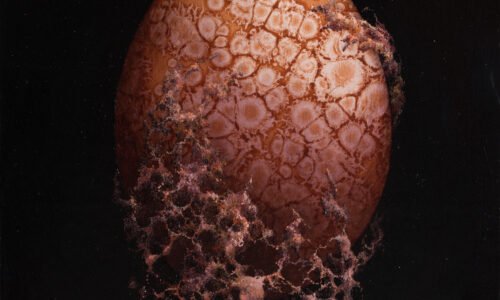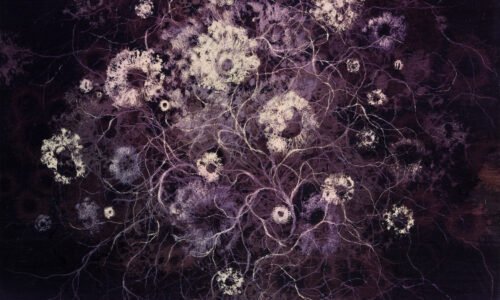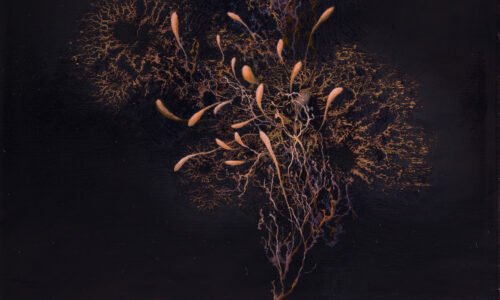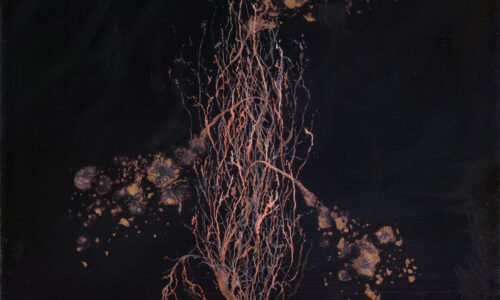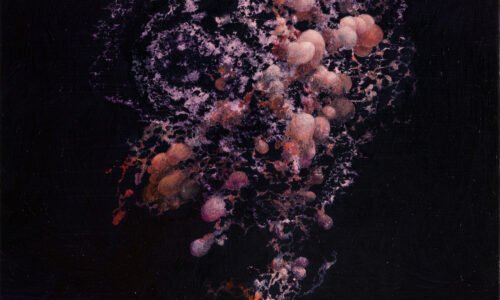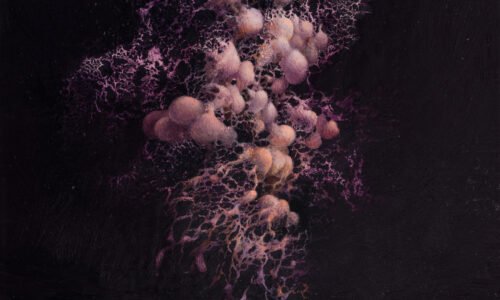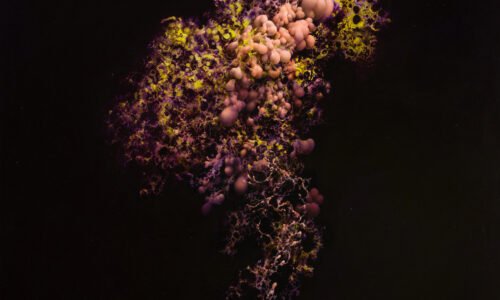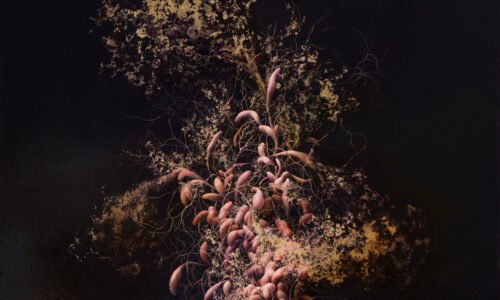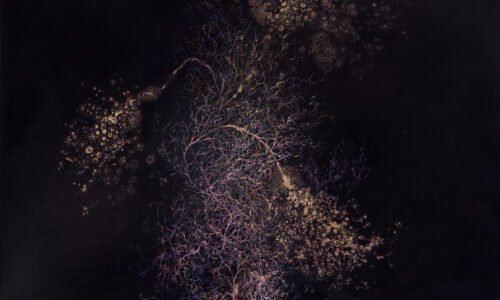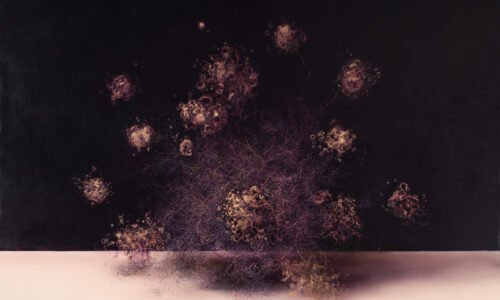Archipelago
Start
11 October 2025End
22 November 2025Artist
Enrico Minguzzi
At the heart of Archipelago lies a floor installation composed of 107 Petri dishes, meticulously arranged to trace the outline of the Philippine islands. These objects, commonly used in laboratories to cultivate bacteria and cells, here abandon their scientific function.
Instead, they contain pigments suspended in epoxy resin: inert matter that nonetheless vibrates with visual tension. Each dish acts as an isolated cell, an island, a fragment of possibility. Together, they form a constellation, a poetic geography that resembles both a map of the nation and a primordial soup in which origins are continuously reimagined.
This archipelago of traces is more than a representation; it is a metaphor. Like the Philippines itself, a nation of more than seven thousand islands, fractured yet whole, the Petri dishes invite us to reflect on the fragmentary nature of identity: cultural, geographic, and personal. Each vessel remains singular, but in relation to one another they form a system, a living network of interdependence.
Around this central structure, Minguzzi places his paintings and ceramics, which seem to emerge as evolved forms, later stages of growth that stem from the installation’s embryonic field. The dishes suggest beginnings, while the works on the walls appear as their mutations, unexpected blooms shaped by chance, intuition, and the artist’s hand.
In this way, Minguzzi transforms the gallery into a speculative laboratory. The exhibition does not simulate biology with scientific rigor but appropriates its grammar, its logic of transformation, mutation, and becoming. Every work behaves like an imaginary organism, poised between the animal, vegetal, and mineral. What unfolds is not a record of real life, but of possible life: an ecosystem that responds not to data, but to human presence and imagination.
For Minguzzi, painting itself embodies this principle. It is not a calculated procedure but a living gesture, a passage between inner experience and outer form, a human act irreducible to machine logic. In Archipelago, every dish, canvas, and ceramic becomes part of a larger mythology of the living, a suspended landscape where origins remain open, and metamorphosis never ceases.




